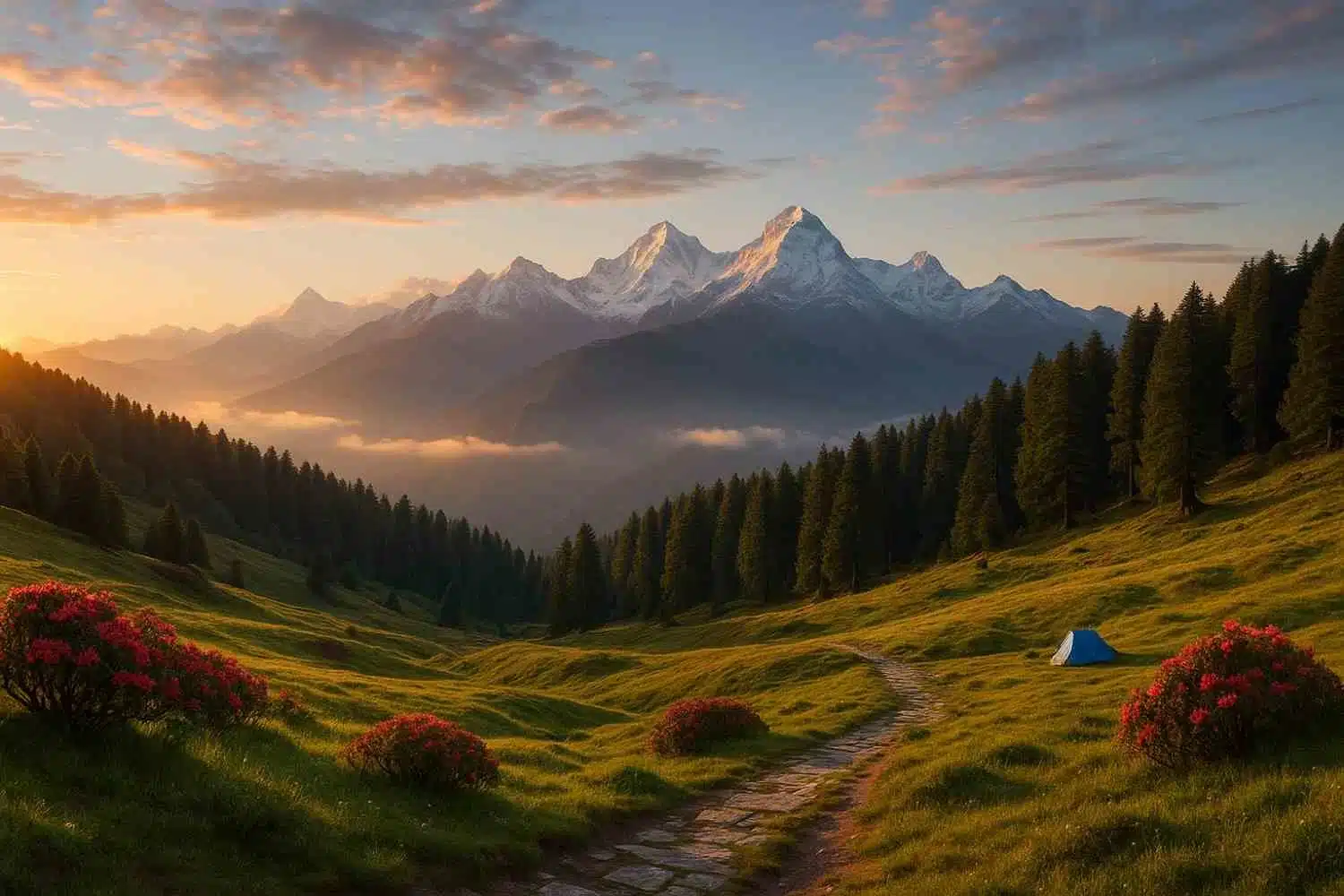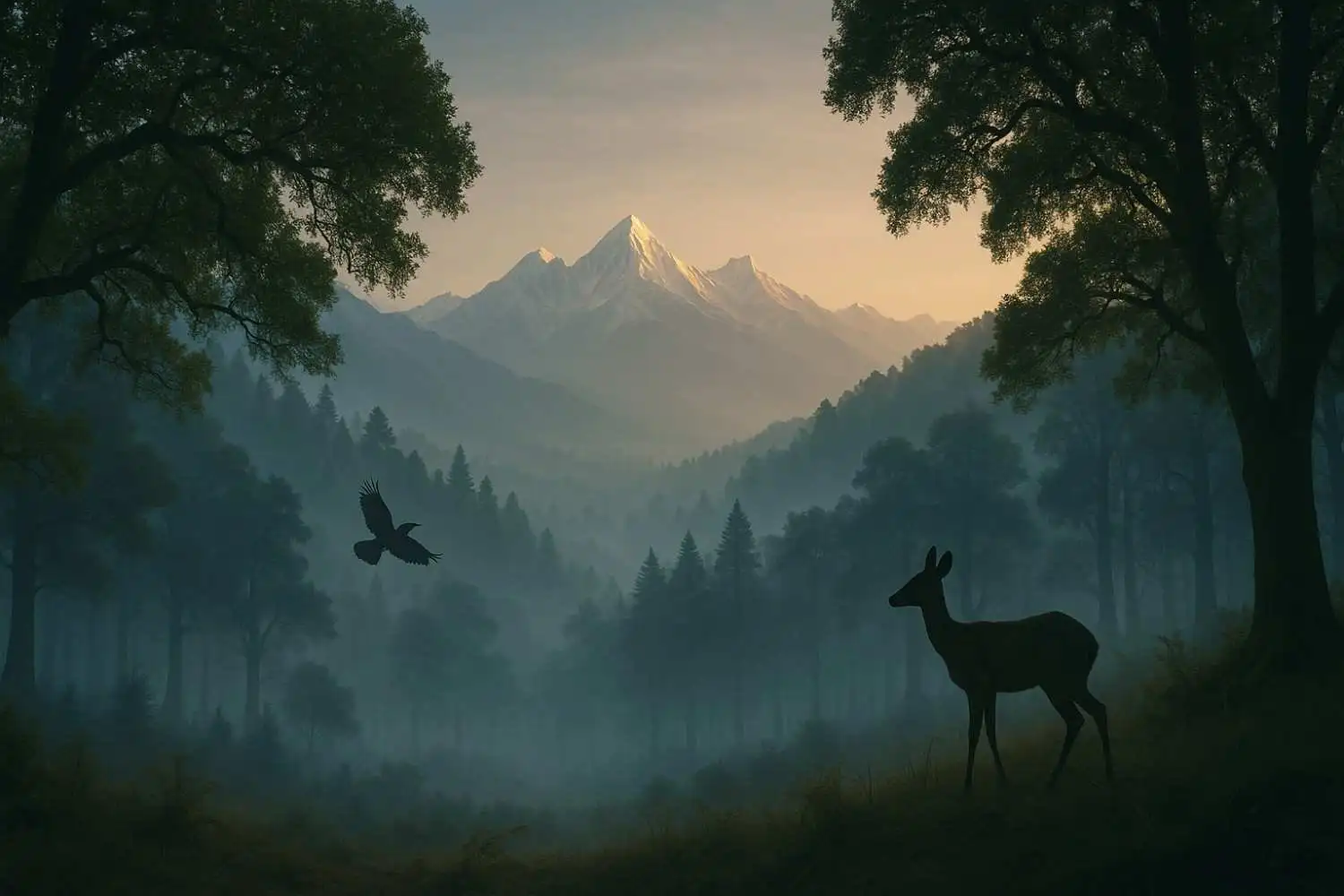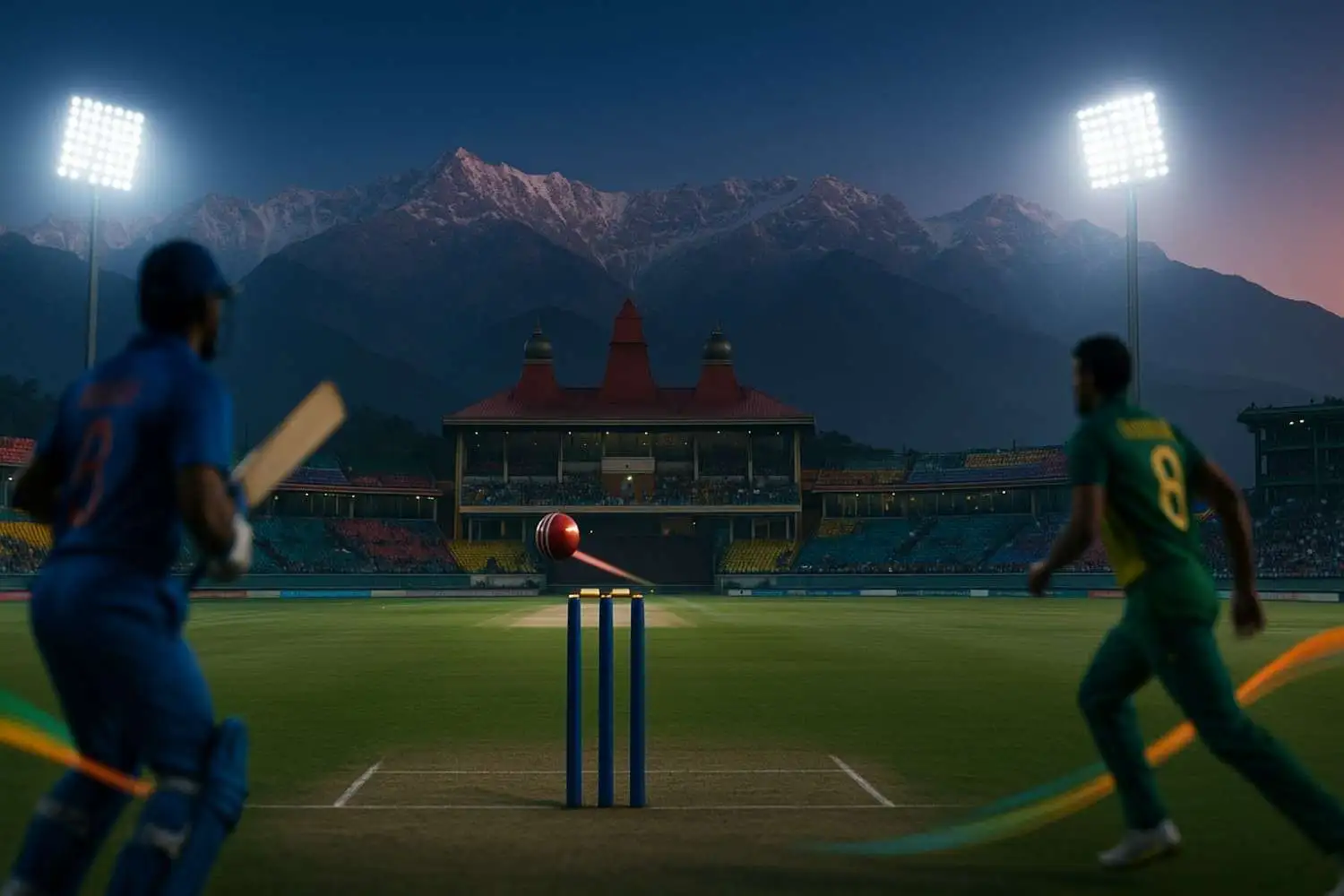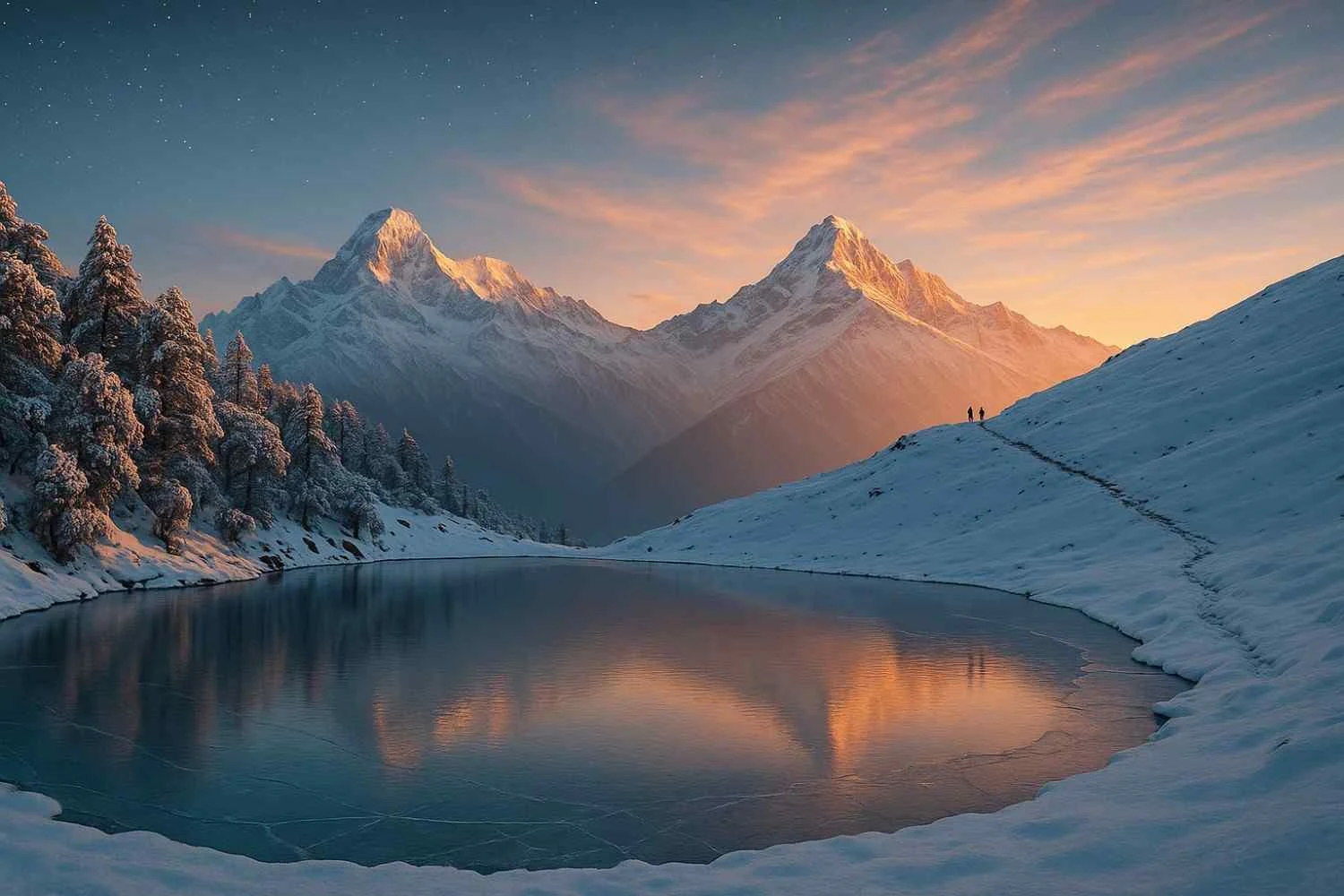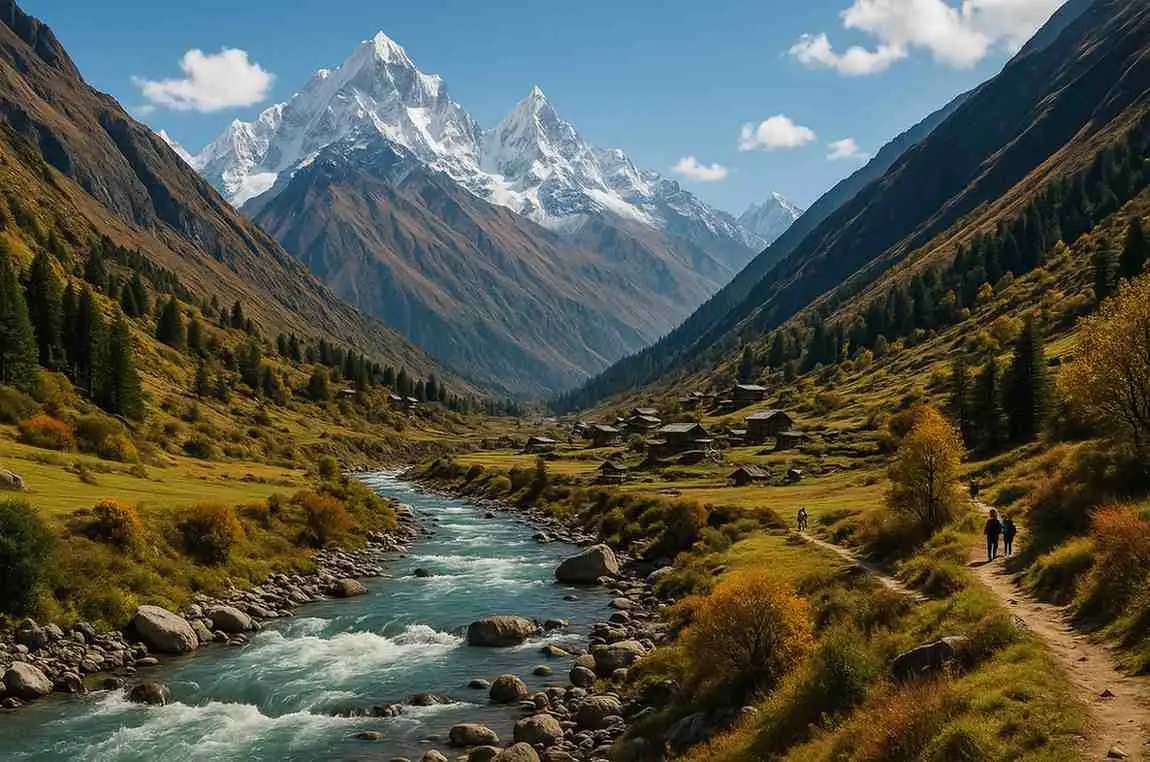The Manikaran Sahib Gurudwara is a spiritual and lovely location in the calm Parvati Valley. Attracting pilgrims and visitors with its spirituality, history, and stunning surroundings, this holy Gurudwara, 80 miles from Manali, Himachal Pradesh draws Manikaran Sahib’s background, relevance, and attraction as a must-see from Himachal Pradesh is covered on this site.
Manikaran Sahib Gurudwara Location and Significance
Manikaran Sahib rests on Parvati River banks in Parvati Valley at 1760 meters. For those from the busy tourist town roughly 80 miles from Manali, a well-known backpacker resort, and 4 km from Kasol, the Gurudwara is easily accessed and a spiritual refuge. The location is defined as somewhat naturally gorgeous with rich green mountains, pure rivers, and hot springs.
Manikaran Sahib is important not just in terms of its religious worth but also in terms of the medical power of its naturally occurring hot springs. The Gurudwara is a symbol of communal peace attracting people of all religions who come to seek blessings and enjoy the celestial setting.
Historical Significance of Manikaran Sahib Gurudwara Manali
Manikaran Sahib, Gurudwara Manali, is deeply religious and historical. Sikh tradition holds that in 1574, Guru Nanak Dev Ji, the first Sikh Guru, visited this spot accompanied by his pupil Bhai Mardana. Bhai Mardana felt hungry throughout their stay but there was nothing to eat. As he raised a stone, Guru Nanak revealed a hot spring under. The hot water lets them cook meals; this amazing occurrence is remembered today with Langar (community kitchen), where food is prepared using the hot springs.
Manikaran is likewise well revered in Hindu mythology. Lord Shiva and Goddess Parvati once meditated here for 11,000 years. Goddess Parvati lost a priceless jewel (Mani) in the seas during their stay; later on, Sheshnag, the snake deity, found it upon Lord Shiva’s demand. The term “Manikaran,” which means “the jewel lost,” is said to have originated with this event.
Architecture and Design of Manikaran Sahib Gurudwara Manali
The simplicity and grandeur combined in Manikaran Sahib Gurudwara represent old Sikh architectural styles. The white facade of the Gurudwara contrasts with the flowing Parvati River and the lush mountains by having domes and minarets.
Usually referred to as the Darbar Sahib, the Guru Granth Sahib is the sacred book of the Sikhs held in the main prayer hall. Large and serene, the Gurbani (holy hymns) recital can be listened to by devotees seated on the floor. Inside surfaces are covered by exquisite artwork and inscriptions illustrating many events from Sikh history.
An essential component of Gurudwara design, the Langar hall—where the communal kitchen runs—symbolizes the Sikh heritage of unassuming service and equality. Considered holy, the hot springs are also included within the Gurudwara complex with separate sections for men and women to immerse themselves.
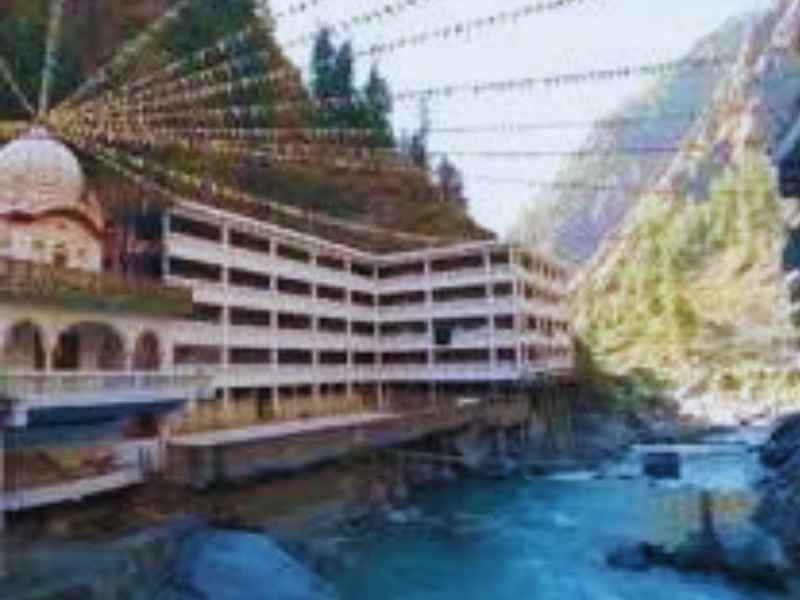
Religious Significance of Manikaran Sahib Gurudwara Manali
For Hindus as well as Sikhs, the Gurudwara Manali Manikaran Sahib is quite sacred. For Sikhs, it is a site of miracles carried out by Guru Nanak Dev Ji, therefore reaffirming the ideals of humility, service, and loyalty. Attended by thousands of Sikhs annually, the Gurudwara is among the most significant pilgrimage places in Himachal Pradesh.
Manikaran is regarded as a sacred location by Hindus as it relates to Lord Shiva and Goddess Parvati. Believed to have therapeutic qualities, the hot springs add to the spiritual relevance of the site by drawing people looking for both bodily and spiritual recovery.
Also Read: Hidimba Devi Temple Manali History, Legend & Significance
Festivals and Celebrations in 36 Sahib Gurudwara Manali
Manikaran Sahib is a center of religious celebrations with numerous significant Sikh holidays observed with tremendous passion. One of the most important events here is Baisakhi, the Sikh New Year, and the harvest season. Many people attend the prayers and Langar from the exquisitely adorned Gurudwara.
Another major occasion is Gurpurab, Guru Nanak Dev Ji’s birth anniversary. The Gurudwara is lit throughout, and special prayers are offered all day. Devotees also do Seva, or selfless service, cooking and serving Langar to hundreds of guests.
Langar: The Communal Kitchen
The Langar, the shared kitchen serving free meals to all guests regardless of their faith, caste, or socioeconomic level, is one of the most treasured customs of Manikaran Sahib. Langar represents Sikh values of equality, community, and selfless service.
At Manikaran Sahib, the Langar is especially unique as the cuisine is prepared over hot springs. Placed in fabric bags, rice, and other foods are submerged in boiling water where they cook in minutes. This special approach not only symbolizes the miracle of Guru Nanak Dev Ji but also gives the cuisine a different taste.
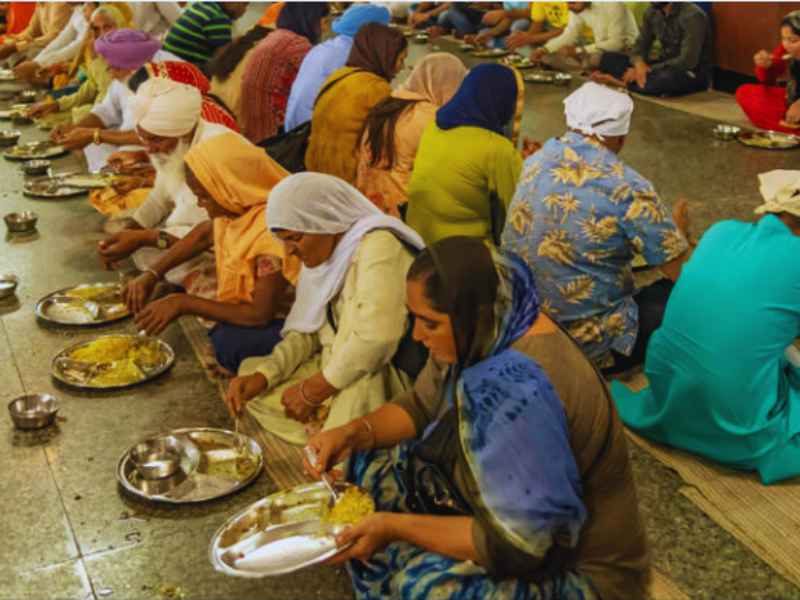
Manikaran: The Hot Springs
One of the most amazing natural occurrences in the area is the hot springs in Manikaran. With temperatures reaching between 90°C and 100°C, the boiling water in these springs is thought to have medicinal qualities. Seeking treatment for conditions including arthritis and skin problems, many guests plunge into the hot springs.
The Gurudwara complex features separate bathing facilities for men and women, therefore guaranteeing comfort and privacy. Cooking the Langar, a both spiritual and pragmatic activity, takes advantage of the hot springs.

Manikaran Sahib Gurudwara Visitor Information
Here are some important information to keep in mind should you be visiting Manikaran Sahib:
Best time to visit:
Manikaran Sahib is best visited from March to June and from September to November when the weather is good. The winters may be tough; heavy snowfall makes travel challenging.
Dress Code:
Visitors are obliged to cover their heads within the Gurudwara; modest attire is advised. Usually, scarves are handed at the door.
Photography:
Most of the Gurudwara is open for photography, but it’s always better to be courteous and get permission—especially in the prayer halls.
Manikaran Sahib Gurudwara Accommodation Options
Although Manikaran lacks luxury hotels, guests may find a variety of lodging choices in other towns such as Kasol and Manali. There are many options to fit various budgets from mid-range hotels to inexpensive guesthouses.
Known as Sarais, the Gurudwara itself provides modest lodging for pilgrims whereby one may remain for free or a minimal fee. These modest but tidy accommodations offer a special experience of living in the hallowed grounds.
Manikaran Market
Beside the Gurudwara, the Manikaran Market is a hive of little stores offering local handicaps, souvenirs, and religious things. Everything from prayer beads and religious texts to woolen clothing and classic Himachali headgear is available. Investigating local culture and gathering some unusual mementos to bring home may be done right at the market.
Attractions Near Manikaran
Although Manikaran Sahib is the major draw, the area around presents numerous other sites of interest:
Kasol:
Just 4 km from Manikaran, Kasol is a well-known backcountry location with eateries, breathtaking scenery, and active culture. One may relax here and savor the laid-back atmosphere.
Tosh Village:
Further up the valley, Tosh Village is a little community well-known for its breathtaking vistas and classic Himachali homes. Trekking and a taste of the rural life in the highlands would find a deal location here.
Pulga Village:
Another off-peak location with tranquil surroundings and a rich deodar forest is Pulga Village. For those wishing to commune with nature and break away from the bustle, it is perfect.
Manikaran Sahib Security and Safety Measures
Although Manikaran Sahib is a safe and quiet area, it is still advisable to follow basic travel guidelines. The Gurudwara is kept in good condition; security staff looks out for guest safety. You should be careful of the local customs and traditions and keep your stuff safe.
Conclusion:
Manikaran Sahib Gurudwara is a destination where history, spirituality, and environment unite to provide an amazing experience rather than only a religious site. Manikaran Sahib has something to offer every guest whether your search is for historical knowledge, spiritual comfort, or simply a quiet mountain getaway. In Himachal Pradesh, this site is a must-see because of its great cultural value as well as its breathtaking surroundings.
Frequently Asked Questions (FAQ)
About 80 km separate Manikaran Sahib from Manali. Hiring a cab would get you there in around three hours. Alternatively, Manali to Bhuntar has regular buses from where you may get another bus or cab to Manikaran.
Manikaran Gurudwara attracts visitors for its spiritual value, wonderful hot springs, distinctive Langar experience, and breathtaking Parvati Valley natural beauty.
Indeed, several local buses run often from Manikaran to Bhuntar, Kullu, and Manali. Though it might get packed during peak travel, the bus service is frequent.
About 22 km from Manali, in Naggar, is the Chamunda Bhagwati Temple Beautiful Naggar is well-known for its ancient castle and shrine honouring Goddess Chamunda.
About 5 km from Manali, in the Shuru hamlet, is the Maa Sharvari Temple. Maa Sharvari, an avatar of Goddess Durga, is worshipped at this respected place.
About 2 km from the main town, in the Old Manali neighbourhood, is the Siyali Mahadev Temple. Renowned for its tranquil atmosphere and complex construction, this lovely wooden temple is dedicated to Lord Shiva.

